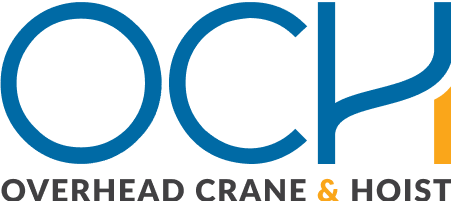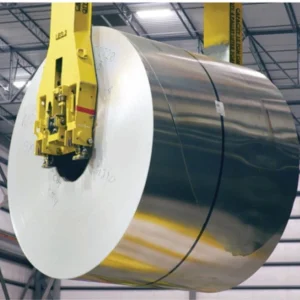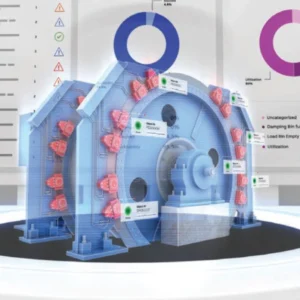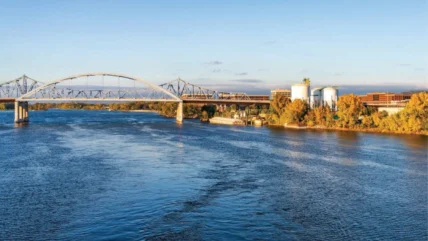
In the heart of the upper Midwest sits a state that may not be the richest in the lower 48, but where standards of living are high, housing is affordable and the prospects for growth are good. Wisconsin may be known for its strong sense of community, its abundant natural habitats and its relaxed pace of life, but make no mistake – it is no slouch when it comes to industrial and economic development.
Nestled between its shorelines on Lake Superior and Lake Michigan, and sandwiched between Minnesota, Iowa and Illinois, the state of six million inhabitants is diverse in its mix of dense forests in the north (such as the Chequamegon– Nicolet National Forest), the rugged hills in the Driftless Area to the west and farmland that reaches from the heartland to the lakeshore.
In its big urban areas – Milwaukee, Madison and Green Bay, and the communities that lie about Fox River in the east-central area and constitute Fox Cities – the economy is driven by fast-growing industry, both traditional sectors such as manufacturing and in cutting-edge areas such as bio-health and IT. Beyond the city limits, agriculture is the big money-spinner, with dairy production leading the way. Indeed, the state is known as America’s Dairyland.
According to the Wisconsin Economic Development Corporation (WEDC), the manufacturing industry contributes just under $80bn to the state’s $400bn+ GDP – a total comparable to the entire GDP of Malaysia. Furthermore, the manufacturing sector employs more than 480,000 workers, making the state a national leader in manufacturing employment.
That capability is hard at work for a whole range of industries – food and beverage processing, machinery production, transportation equipment, fabricated metal products and much more. And the state is home to some big names in their industry sectors, not least Harley-Davidson, plumbing business Kohler Co, dairy products producer Schreiber Foods and advanced industrial technology developer Rockwell Automation.
The state’s vast lumber industry has propelled it to become a major producer of paper and packaging products. Indeed, Wisconsin ranks first in the US for the manufacture of paper products and the 39-mile stretch of the lower Fox River region alone, which reaches from Lake Winnebago to Green Bay, is home to more than two dozen paper mills.
This diverse economy, not least the vibrant manufacturing sector, has long provided a platform for a growing crane and hoist sector.

“In terms of sector, we encounter all walks, whether paper, metal or materials processing, general manufacturing, you name it,” says Scott Klug, president of Fox Cities Crane & Fab, which is located in Appleton at the top end of Lake Winnebago.
“We engage with contractors, resellers and end users alike,” he adds. “And, though it sounds trite, as a small business concern, family-owned and operated, each client, whether large or small, is critical.”
Headwinds and tailwinds
In 2023, Wisconsin’s real GDP was approximately $414bn, with growth in the core sectors of manufacturing, healthcare, IT and agriculture providing stimulus, and tourism playing a growing part in the state’s economic development. Growth is slow, but steady – around 1.4% from 2022 to 2023, with a similar trajectory in 2024.
“It’s the strong manufacturing presence indigenous to Wisconsin, combined with our collective understanding of hard work and the importance of efficiency in execution; the ‘speed of business’ mentality, if you will,” says Klug. “These attributes, ingrained in the marketplace and workforce across the state make Wisconsin a natural choice for folks looking to put down professional roots.”
“Whether new facilities or endeavours, or expansion of existing operations and concerns, the growth trend statewide has, in our experience, manifested in a very significant way,” he adds. “We’re ever grateful for the opportunity to contribute to that evolution.”
Klug also points out that the state has been resilient to the many pressures that have affected the US – and the world – in recent years. There is a robust approach to business in the state, which has seen it rise to the challenges that companies in every industry have faced – from balancing the needs of customers with the needs of the business when inputs are becoming more expensive, to competition at home and abroad intensifying and uncertainty becoming an everyday feature of the macro-economic picture.
“Volatility in the areas of price and availability stemming from market instability can make doing business difficult,” he remarks. “For us, steel prices and supply in particular have created challenges along the way. That said, most buyers understand these factors as we move through the 2020s.”
“We attribute some of this to Covid-19, which clearly conditioned consumers in many ways,” he adds. “Most folks have become numb to – or perhaps are less surprised by – today’s price increases and supply pressures, all of which would otherwise have been show-stoppers less than a decade ago.”
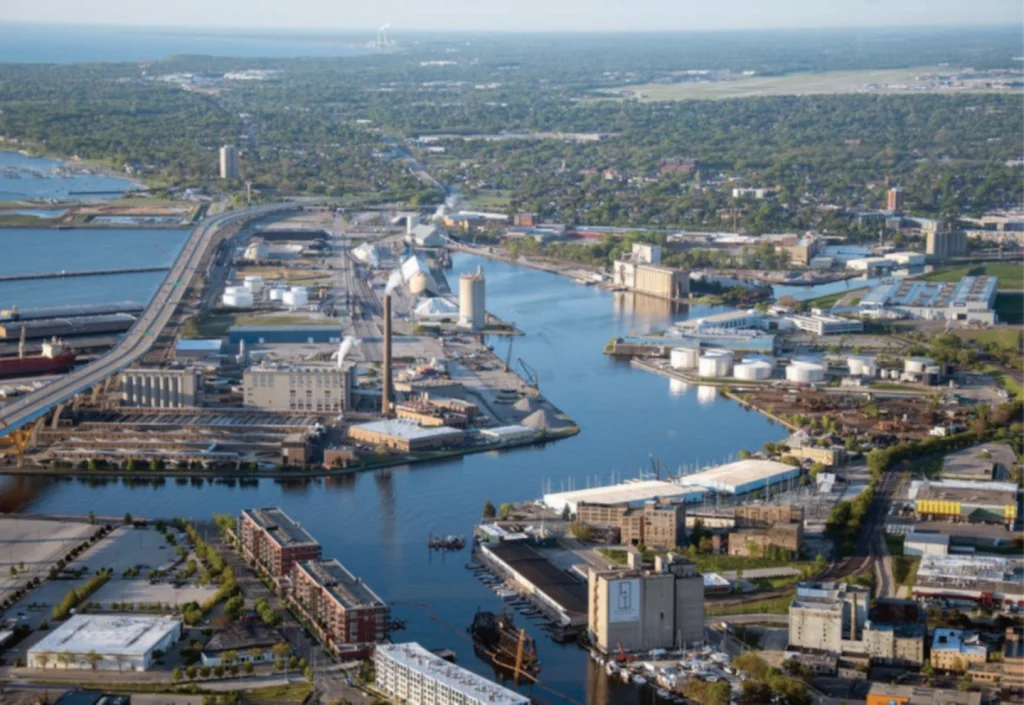
Indeed, Klug points out that, historically, most of his company’s supply partners only applied price increases perhaps once a year, and these price hikes came on a schedule that was more or less predictable. A rise in costs is easier to manage if you know when it is coming.
“Now, it has become the norm for those increases to occur multiple times per year, often with little to no notice,” he explains. “Our clients deserve the best service at a good value and on a schedule considerate of their timelines. In 2025, our ability to meet all these goals simultaneously can sometimes be challenged by these external factors.”
What he describes is a familiar predicament for other companies in the crane and hoist sector, and across the manufacturing industries they serve. That said, his company’s attitude to adversity is typical of the industry in which he works.
“As a custom crane builder, rather than a kit supplier, we know that each project presents its own unique challenges,” Klug remarks. “The occasion to be part of the solution is both exciting and rewarding for our team. With more than 30 years in the industry, our experience often yields the answer to complex handling problems which might otherwise plague or hamper the end user’s efficiency and execution.
“For this reason, it is imperative to inform and, sometimes, to counsel our clients to ensure the best possible outcomes are achieved for their application. The goal is always the same – a customer satisfied from the start of the project to well after its conclusion.”
A state that turned to Trump
Back in January, Wisconsin played more than a minor role in the election of President Donald Trump. Indeed, the defeat of then Vice President Kamala Harris by a narrow margin was only the second time in the past 40 years that a Republican candidate has carried the state.
Since the election, US economic and trade policy has been centre stage. The potential impact of tariffs on overseas suppliers has been a hot topic of discussion, and opinion is often polarised when it comes to the pros and cons.
Tariffs clearly put a burden on importers, who have to pay significant premiums to the US government and, therefore, must pass on those additional costs to consumers. On the other hand, those additional costs could incentivise companies to develop manufacturing capacity in the US, though that requires substantial upfront investment, higher labour costs and enough time to get domestic operations up and running.
Some local voices have expressed concern, including former Republican state senate member and current president of the Metropolitan Milwaukee Association of Commerce (MMAC), Dale Kooyenga, who this summer criticised the tariffs during a webinar hosted by the Wisconsin Policy Forum (WPF). He cited the general consensus among mainstream economists from both ends of the political spectrum that tariffs are a barrier to free trade.
He also noted that many businesses in the Milwaukee area had voiced concern about tariffs. With that latest round of tariff proposals including a 50% duty on copper imports, and further rises in the cost of importing steel and aluminium – all of which could hit heavy industry hard.
The WPF has also commented on the 30% fall in the tonnage of goods passing through the Port of Milwaukee between the start of the year and May, attributing at least some of that decline to uncertainty around international trade and the changing landscape around tariffs.
In the short term, tariffs have at least brought uncertainty into the minds of many businesses and planning for the future is becoming harder, but there are those who believe that a long-term refocusing on domestic investment can only be good for business. “How could it not?” asks Klug. “Increasing the call for material handling is good for our sector in many ways.”
The state is certainly set to continue with many of its major infrastructure projects, and its recent efforts have focused on transportation, water and broadband. A key focus has been improving safety, reliability and access to essential services across the state. In transportation, bridges have been a focus of investment in repair work and replacement, and there have been many highway projects to improve road conditions and traffic flow.
Such projects come under the $55bn Bipartisan Infrastructure Framework, which has been a major source of funding for Wisconsin’s infrastructure needs. At the start of the year, the state also announced that it would be investing $10.8m in new harbour infrastructure projects to bolster water freight capacity, and to improve the robustness of the supply chain to and through the state.
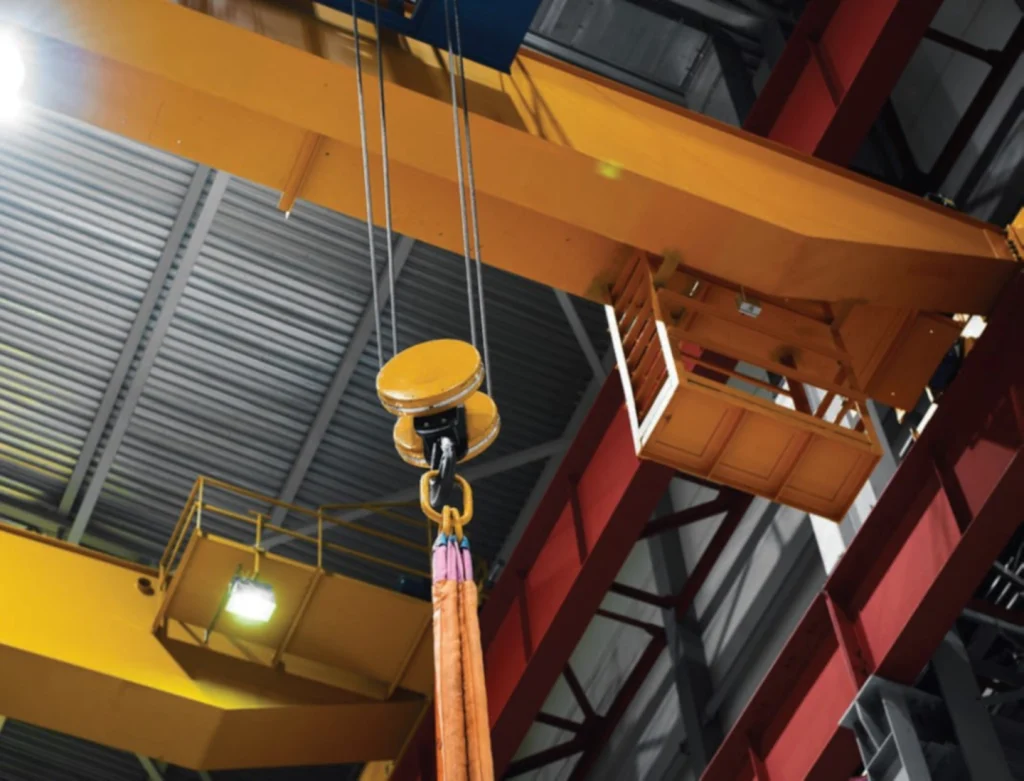
The clear message is that the state is preparing for growth in core industries, and for further economic growth beyond those. With state money allocated for harbour maintenance and construction projects in Green Bay, La Crosse, La Pointe, Manitowoc and Marinette, there is clearly a belief that improving waterborne freight capability will have statewide benefits.
A dynamic time for crane and hoist companies
Though there are challenging factors to consider, Wisconsin’s crane and hoist industry is a dynamic and important sector, with a strong role to play in manufacturing, service and innovation. The industry comprises companies specialising in the design, manufacture, sales, service and installation of overhead cranes, hoists and related lifting equipment. These businesses are vital for the future of the local steel, paper, manufacturing and construction industries, and for the state’s broader programme of infrastructure development.
Indeed, Wisconsin is home to both established industry leaders and newer companies innovating in the crane and hoist arena, with many concentrated around Milwaukee, Oak Creek, Green Bay and Franklin. For example, Overhead Material Handling (OMH) is one of the key suppliers of overhead material handling solutions in Oak Creek and Green Bay. Waukesha Crane is known for the manufacture and distribution of customised overhead crane systems.
At long-established company Simmers Crane & Design Services, there is a focus on engineering and product solutions for the crane industry in Franklin. MG Cranes is one of the newer players in the industry, having been founded in 2008 and quickly became one of the leading crane manufacturers in the state.
There are also key niche players like Fox Cities Crane & Fab., which was founded in the early 1990s, and remains a family-owned, full-service overhead bridge crane and speciality machine manufacturer serving the Fox Valley area.
“For us, each project is big in its own way,” says Klug, the company’s president. “Imagine the monumental shift in capability for a Mom-and- Pop small business on the day their first crane is commissioned. That’s their biggest project, and so it becomes ours by extension.
“Certainly, we engage with many large-scale concerns, privately owned or publicly traded, with both national and international scale reach, and we’re always humbled to be selected for service to those organisations. Several projects for this client set are underway as we speak. It’s been amazing to see what our small company has been a part of over the years.”
What Klug is describing is a vibrant industry in which large companies and smaller niche players have opportunities to succeed.
When asked about the factors he believes will shape the industry in Wisconsin over the next few years, he is positive in the way one would expect from the notoriously friendly, happy and optimistic residents of the state.
“Corporate confidence, market stability – or instability – innovation and entrepreneurial spirit,” he says. “If the US is incentivised to keep manufacturing here at home and businesses agree, it will undoubtedly incite more demand in domestic material handling as a sector. It’s hand and glove.”
For operators in this industry, the future holds great uncertainty, and there will no doubt be volatile times before it becomes clear whether the current administration’s trade and economic policies bear fruit, but in the meantime it is certain that the businesses of Wisconsin will try to make the best of the hand they have been dealt.
